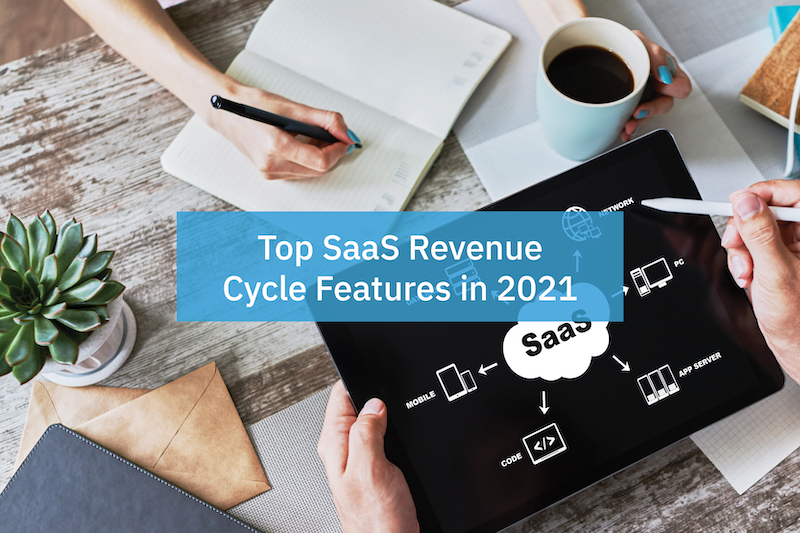
After analyzing significant financial data from the past year, it seems that many financial experts agree on three top priorities for 2021. They are:
- Improve customer experience
- Create net-new sales
- Improve efficiency within and across departments
Many decision-makers understand the importance of billing and revenue management for driving long-term sustainable growth. However, several Software as a Service (SaaS) organizations are still struggling to effectively manage their revenue cycle. Let’s see why the revenue cycle is mission-critical for the SaaS business model. You’ll also learn how you can achieve streamlined, cost-effective processes.

Keys to Success for SaaS Revenue Cycle
For subscription-based companies like SaaS businesses, the ultimate goal is to drive long-term sustainable growth. The formula for this is pretty straightforward. Organizations need to find new customers, ensure current customers remain happy and improve internal operational efficiency. Sounds easy, right?
Let’s break it down even further. The front-loaded costs associated with the service provided make it critical to focus on ensuring the revenue engine keeps running long after a customer is obtained. SaaS revenue cycles thrive when customers are continuously engaged throughout their lifecycle to drive retention, encourage expansion, and minimize churn. Delivering exceptional customer experience with efficient processes carrying insights between all revenue-driving teams becomes a competitive advantage for SaaS businesses. This is because it allows them to positively impact their revenue cycle.
Tools Needed for Proper SaaS Revenue Management
Many organizations struggle with poor strategic alignment, minimal processes for identifying revenue opportunities, and a lack of scalable tools. These problems are preventing them from delivering on their top objectives. Here are critical areas of the SaaS revenue cycle that are important both for financial management and for an efficient workflow.
Revenue Recognition
Recurring revenue is the heart of your business. Your SaaS revenue recognition process must be iron-clad and needs to specifically address ASC 606 or IFRS 15. Financial reporting is also very important. You must be able to report on recognized revenue by month, by the customer, by product, etc.
Payment Integration
If you invoice customers, payment integration is critical to the success of your SaaS revenue cycle. If your customers pay by credit card, you’ll want a solid integration to Stripe or PayPal. Tracking any data related to these transactions for accurate revenue recognition and for insight into improving business strategies.
Sales Tax
Sales tax compliance seems to change every year, and sales tax treatment of a SaaS business varies throughout the world. An out-of-the box integration connecting your accounting data to a sales tax compliance application like Avalara is necessary for accurate tax management and reporting. This is important for remaining compliant with federal and state rules, while also helping you handle taxes efficiently.
Project Accounting
Tracking and submitting employee expense reports should be seamless in 2021, especially with the shift towards so many remote employees. SaaS organizations need a system that integrates expense reports into their accounting system for proper SaaS revenue cycle balance.
SaaS Businesses Choose Accounting Seed
No matter if your SaaS business is a mature, successful corporation or just a start-up, your SaaS business can benefit from choosing Accounting Seed.
Salesforce Integration
Accounting Seed automates data from lead to ledger in your Salesforce ecosystem. Quotes, orders, and processes are all automated for seamless SaaS revenue cycle management. Integrating that information into your accounting system removes manual work, reduces errors, and allows streamlined invoicing for cash flow. And cash is paramount in running any business during a pandemic.
When SaaS companies choose a robust accounting solution, their revenue management issues and financial reporting woes are immediately squashed. Our customers are ready for growth and our platform is ready to grow with them.
See Accounting Seed in action
Get a close-up view of how accounting on Salesforce can eliminate the need for costly integrations—and silos of mismatched information—by sharing the same database as your CRM.


